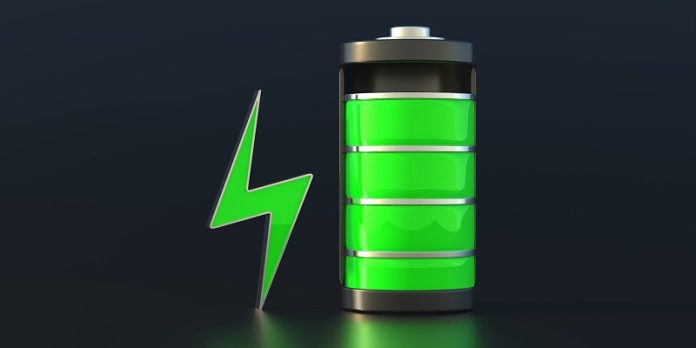
Batteries power nearly everything we use today—from smartphones and laptops to electric vehicles.
But the most common types, lithium-ion batteries, come with serious drawbacks.
They rely on flammable liquid electrolytes, can be expensive to make, and use rare materials like lithium that must be mined in large quantities.
Scientists at Western University believe they may have a better option: solid-state sodium batteries.
Dr. Yang Zhao, a professor of mechanical and materials engineering at Western, explains that sodium is far more abundant and much cheaper than lithium.
If researchers can make sodium-based batteries work efficiently, they could offer a safer, more affordable alternative.
A key step toward this goal is creating a solid electrolyte, the material inside a battery that helps ions move from one side to the other. Unlike the liquid electrolytes in today’s batteries, solid electrolytes are not flammable and can potentially store more energy.
The challenge is that sodium ions do not move easily through most solid materials. To overcome this, Zhao’s team created a new solid electrolyte made of sulfur and chlorine. Traditional solid electrolytes tend to be stable but do not allow ions to flow quickly.
The sulfur component in the new design changes this by making it easier for sodium ions to move through the material. This boosts the conductivity—the speed at which ions travel—and strengthens the structure of the electrolyte.
Their research, published in Advanced Functional Materials and Advanced Materials, shows that the new material not only conducts sodium ions extremely well but is also very stable under heat and mechanical stress.
This is important because batteries must endure thousands of charge and discharge cycles and perform reliably across different temperatures.
Many existing solid-state designs break down when the solid electrolyte reacts with other parts of the battery. The material developed at Western avoids this issue, remaining stable even in contact with other battery components.
To better understand how their new material works, Zhao and his collaborators used powerful X-rays at the Canadian Light Source, a national research facility located at the University of Saskatchewan.
These X-rays allowed the researchers to see how ions move within the material, revealing pathways and chemical interactions that cannot be observed with regular laboratory equipment.
Zhao says these advanced imaging techniques are essential for designing next-generation batteries.
Although solid-state sodium batteries are still a few years away from commercial use, the progress made by the Western team is encouraging.
Zhao believes that with continued research, these batteries could offer a safer, more sustainable, and more affordable option for everything from portable electronics to electric cars.



